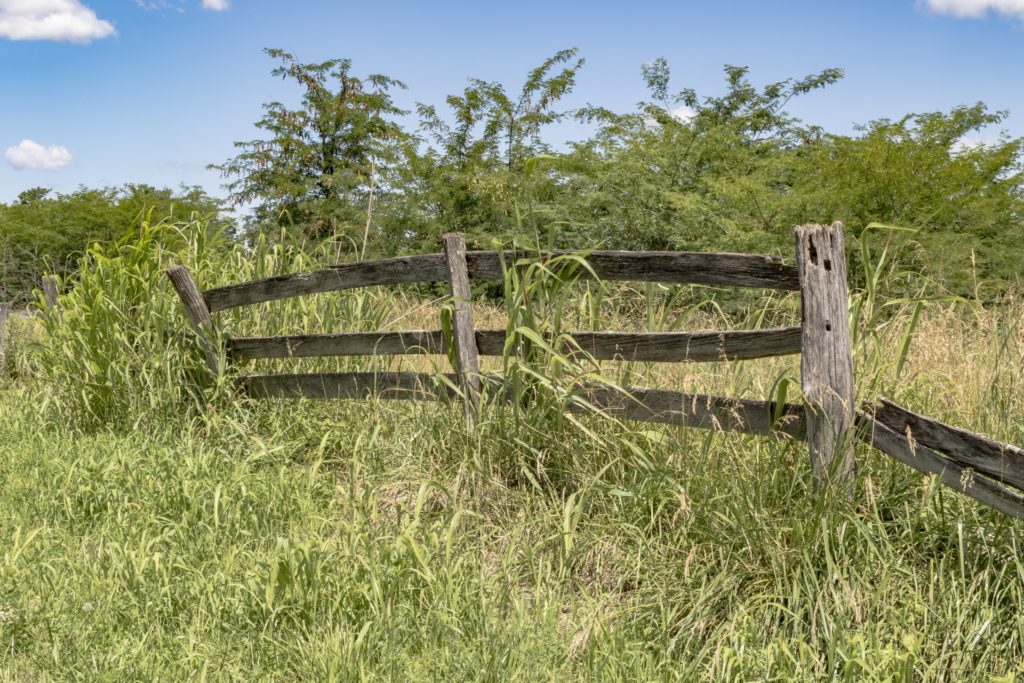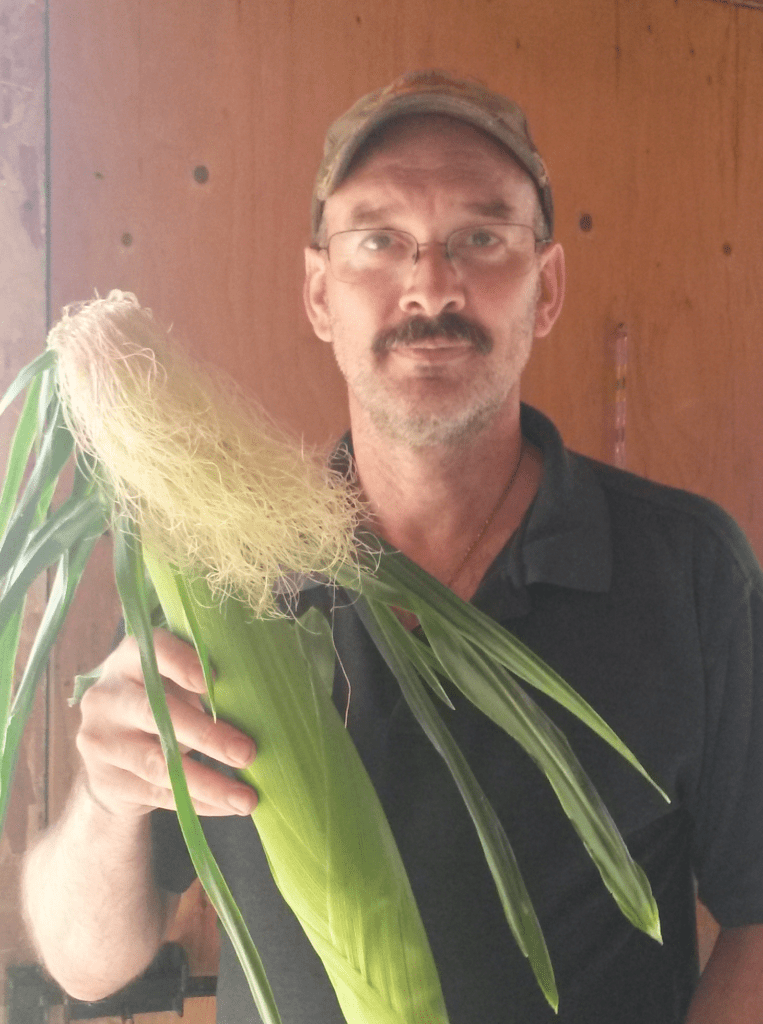We live in a world that has criminalized certain types of violence, but very much normalized or even legalized vast amounts of covert and overt violence. Through colonization, it is now socially acceptable and even encouraged to engage in violent behaviour while many would argue that it is not violent at all. Rather than dispute the semantics of where people draw the line, I want to share the work that I’ve done over the last 20 years to not only navigate this mine field, but also how I set boundaries to protect myself from slipping back into a covert violent life.
I’ve found over the years that there seems to be a lot of confusion and disagreement with my approach, so I pray that exploring this protocol helps bring clarity to those that struggle with my approach in life. It is also important that I highlight my work to identify violent behaviour that many would consider socially acceptable. It is my view that we challenges these perceptions at every turn of our lives.
Identifying Violence
There is a lot of information out there that covers this topic very well. Aside from the obvious overt violent behaviours, exploring the covert abusive relationships is where it gets a bit more tricky. An individual could easily research the behaviours of psychopaths, sociopaths, narcissists or even drill down into gaslighting, blame-shifting, word twisting and a whole host of other techniques. It matters not whether this is done consciously or not. The trick is to be consciously aware of these techniques when they come to bear in conversations or relationships. The scope of this post will not cover these in detail, but rather leave it up to the reader to do their own research.
For me, it required that I go through extensive painful life experiences and training to acknowledge that I engaged in this type of behaviour and that I surrender to be willing to learn the techniques on how I could change my behaviour in order to end the violence and have healthy relationships instead. It also made me intimately aware of others around me who do engage in these techniques. When presented, I see these behaviours like bright flashing neon signs. While it takes practice, over time we can all learn how to see and feel the signs of covert violence and then take appropriate steps to address the violence.
It matters not whether the individual is your self, an intimate partner, family, friends, co-workers, neighbours or even people wearing uniforms of authority. What I’m about to share applies to everyone and this is where great discomfort comes in for some who study the Pacem Arts with me.
Setting Boundaries
I acknowledge that the colonial trauma that we all experience and are working hard to heal, has resulted in multiple generations passing along trauma for thousands of years. We are ALL confronted with trauma but some deal with it in different ways. People naturally would respond to trauma by fighting, fleeing, fawning or freezing. Two of these responses result in a withdrawing into ones self, while the other two results in turning the trauma around and lashing out at others. It is the fighting and fawning people that end up being the primary abusers and engaging in all kinds of violence. Also keep in mind that many of us may fall into more than one category depending on the situation and the other two groups often empower the others, contributing to the problem.

As a result of all these challenges, our feelings, communications, thoughts, assumptions, life experiences, etc all influence how we see the world and interact with it. As I explore relationships from this new paradigm, I acknowledge that everyone has trauma to heal. However, I also acknowledge that free will dictates whether one is willing to do the work or not. So I look for a few things when dealing with people, while also acknowledging that most everyone will engage in some sort of violence in one form or another throughout my relationship with them. What I look for is whether they are willing to learn and willing to change. The attached graphic will highlight this to help with what I’m about to explain.
If an individual has a high willingness to learn and a high willingness to change, chances are high that these individuals are fairly conscious, aware of their shadows, willing to discuss relationship issues openly and explore alternatives or even engage in dispute resolution processes. With these individuals, when a behaviour manifests that causes harm to another, they are the most flexible and also willing to identify the problem, brainstorm solutions and implement them, triggering changed behaviour, growth and further conscious awareness and insight. It is these individuals with whom I like to have in my inner circle, who I call elders and I trust greatly to help me with my own journey. When we engage with one another in an Elders Circle, it is magical, respectful, inspiring, beautiful and amazing. We may slip up from time to time, but everyone involved is quick to gather together to remedy the situation as all involved recognize the value of addressing issues right away as the relationship is far too valuable to let mistakes or errors jeopardize it.
If an individual has a medium willingness to learn and a medium willingness to change, what I look for is their willingness to do the work, to explore, show up, ask questions, put effort in and do their best to figure out life. Let me be very clear on this point: Even though they may engage in violent behaviour from time to time, I tolerate it as they are still open to learning, being confronted and exploring the lessons that those opportunities present for all involved. I forgive them and pray that the experience provides growth and learning through these experiences. This is the spirit of the work that we do in Sacred Heart Circle.
However, if an individual has a low willingness to learn and a low willingness to change, things become dangerous as the will to acknowledge mistakes, work through issues or even hear what others are sharing becomes significantly diminished. When an individual slips into this area, their abuse becomes even more toxic as there is typically nothing anyone can do to stop the violence as it often escalates as a protective mechanism. They have made up their mind and will live their life the way they see fit and if they are violent, there is no way to stop it. There are plenty of articles written about Battered Spouse Syndrome and I’ve even written an article about Battered Citizen Syndrome to highlight how our love for these individuals is not enough to trigger healing within them. Hope, interventions and other extreme activities often don’t result in a shift as free will is a reality of this realm. In my own experience, what I needed to break free from this false ego black hole was to have a life crises which forced me to surrender and make a choice: change or die. I pray people don’t need to go that far in order to make the choice, but I’ve found this to be far more common than not.
It is the violence from this group of people that I’ve chosen to take a zero tolerance approach. The yellow line on the graph is my boundary and also happens to be the threshold between having the will to change or not. If I feel they have lost the will to learn or change, that means there is no way I could have a reasonable chance of being able to resolve disputes or confront them on their behaviour in order to find healing and remedy when they lash out or make a mistake. With all the others, I’ve found that I am willing to tolerate mistakes or some abuse as there are ways to resolve them, heal and strengthen the relationship as a result. But with the people that find themselves in that bottom red square, there is no remedy within my sphere of influence. Instead I’ve usually been met with abuse, gaslighting and other violent responses.
This is where the controversy comes to play as my boundary is to end that relationship. I’ve set that boundary because I love myself and I was not put on this earth to be abused or treated in such deplorable ways. If there is no chance for remedy, then I have no duty or obligation to interact with that individual, no matter what role they have played in my life. It matters not whether they were my spouse, mother, brother, sister, relative, friend or neighbour.
Let me repeat this point: I LOVE MYSELF AND NOBODY HAS THE RIGHT TO VIOLATE ME IN ANY WAY. My boundary is firm on this point and it should be for each and every single individual on this planet!
I acknowledge that this is very difficult for some people to do because setting this type of boundary requires that we have the ability to process sadness, mourning, loss and other profound feelings that comes from cutting abusive relationships from our lives. It also requires that I accept and embrace change as these decisions often manifest great disturbance in my life. By embracing change, I have found that I can navigate life easier and with more fluidity. Trusting that Creator will help look after me along this journey also helps tremendously. Many refuse to do this, so they will hold onto those abusive relationships because their willingness to change is low and they struggle as any learning they do conflicts with their unwillingness to change. This, in turn, drives themselves towards the red square.
In my experience there is also a threshold that people go through as they drop down into the red low learning, low change zone. Prior to crossing that threshold, there is still some willingness to hear what people are saying and they are willing to make changes, but it is tough. I’ve used blunt language with these people in the hopes that they can avoid crossing over that threshold. There are many within the tribe that this has helped and I am grateful. It is also my experience that once they cross that threshold, there is no way that I can rationalize with them. By setting the boundary and refusing to spend time with them, I pray that Creator will soften their heart and help them surrender and choose to learn and change once again. This has happened before in my life as well, where I set boundaries, removing myself from their life and they returned years later, apologizing and asking for reconciliation.
The message I work hard to send is clear: violence will no longer be tolerated. Period. Either an individual embraces the work with the will to learn and change or they don’t. This approach is supported by Christ’s teachings, specifically Matthew 18:15-17. Some struggle as they were taught blood is thicker than water, but these are colonial constructs that only perpetuate multi-generational trauma.
Don’t Shoot the Messenger
I’ve also noticed over the years that when I or others stand up to be a witness to the abuser, this ends up being disturbing to all the people associated with the abuser. It is an interesting phenomenon that people don’t like change and when abusers are confronted, it risks GREAT change within the social relationships of the group, whether it be a family, tribe, corporation or even a government. People don’t like change and to some degree, they are willing to tolerate violence so that the social order is not disturbed. I find this actually quit disturbing as it only perpetuates violence and gives violent abusers a sanctuary to continue their abusive ways. It also discourages people from standing up to be a witness to the abuse of others as they are often judged or attacked for their testimony. As a result, the witness ends up receiving the vast majority of the attention which is opposite of what should actually be happening. This happens in the micro as much as it happens in the macro.
In my experience, standing up as a witness to somebodies violence, while they are in a high willingness to learn and a high willingness to change is often met with gratitude, appreciation and full participation to resolve the behaviour. This makes it very easy to tolerate the violence as it often results in growth. For the middle group, I’ve found the ground rules and sacred space of the Sacred Heart Circle to be the most effective means of confronting violence. I do it with gentleness and questions to help guide the individual through the journey of healing, learning, change and growth. Because of this, I am also willing to tolerate violence. In my view, I feel this is a manifestation of my own work on violent behaviour, a testimony to the 20 years of work, growth and healing that I’ve done.
I acknowledge that many still struggle with my zero tolerance with people in the red zone, but this should never be interpreted as me being callus, insensitive, uncaring or unloving. I trust that Creator will help them through their journey and I make it very clear that if they want me as a part of that journey, there is a minimum standard of behaviour that is expected from everyone around me. I’ve worked hard to maintain that minimum standard and it is something that I think we ALL should be establishing. The message to be sent throughout the world is this:Abusive behaviour, whether overt or covert in nature, is no longer tolerated; by anybody.
This is the premise and standards set for the Pacem Arts and ALL my relationships. I acknowledge that I live in a rather abusive and violent world and as such my social circle is really small. However, it is growing because I know in my heart that the people around me acknowledge, appreciate and honour those standards that I’ve set for myself and those that I interact with. These are my standards and boundaries. Nobody has the right to convince or intimidate me to move off of those standards, to do so is a violent act. But for those that honour and respect those boundaries, I have witnessed great love, compassion, growth, empathy, friendship, trust and profound intimacy; exactly what I’m looking for in my life.This all takes a tremendous amount of hard work, profound changes and a willingness to learn new ways of communicating, resolving disputes, having profound conscious awareness, honesty and courage to stand up to those that we love most. This journey produces a tremendous amount of disturbance, but there is no way to get to this peaceful place without going through the pain, turmoil and profound disruption. I pray this helps people process the consequences of my actions as I set boundaries that impacts all those around me. I pray that this helps explain where I am coming from when I do this work.
By holding those in the red zone accountable for their actions, we can help make life uncomfortable enough to surrender and chose to learn and change instead of sitting in a place that is familiar and engage in inappropriate behaviour. That is, in my view, the most loving act we can express to the violent offenders. They deserve healing as well; but it must start with them. We can help by calling them on their shit.What are your thoughts on this topic? Feel free to comment below.





